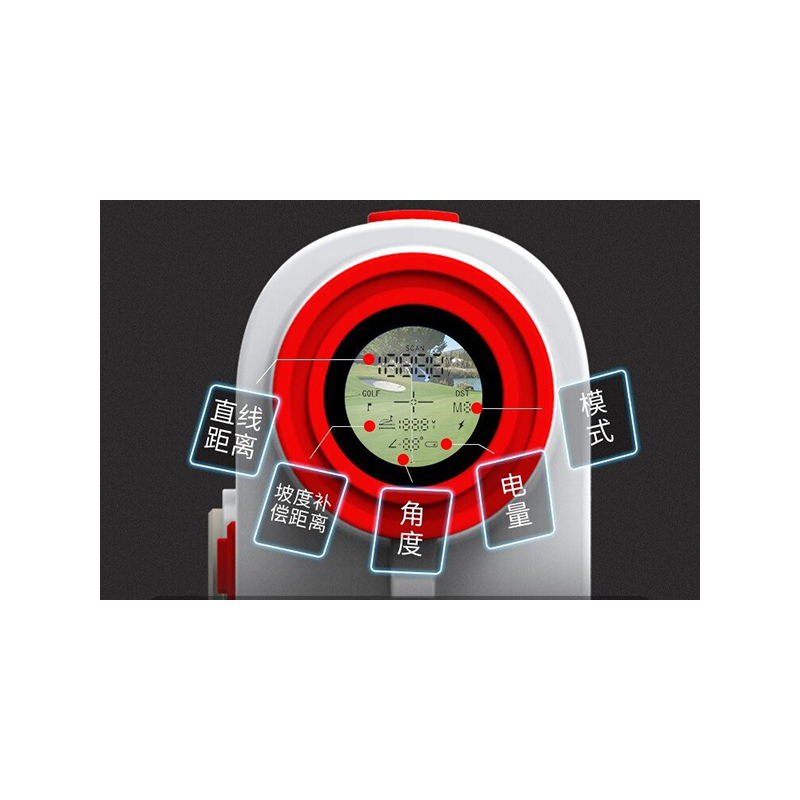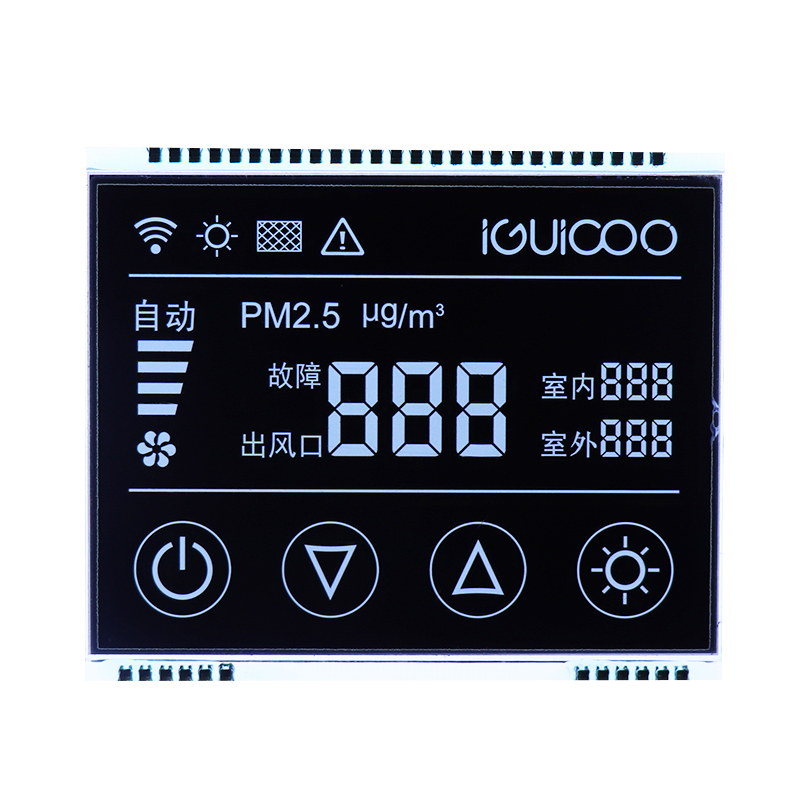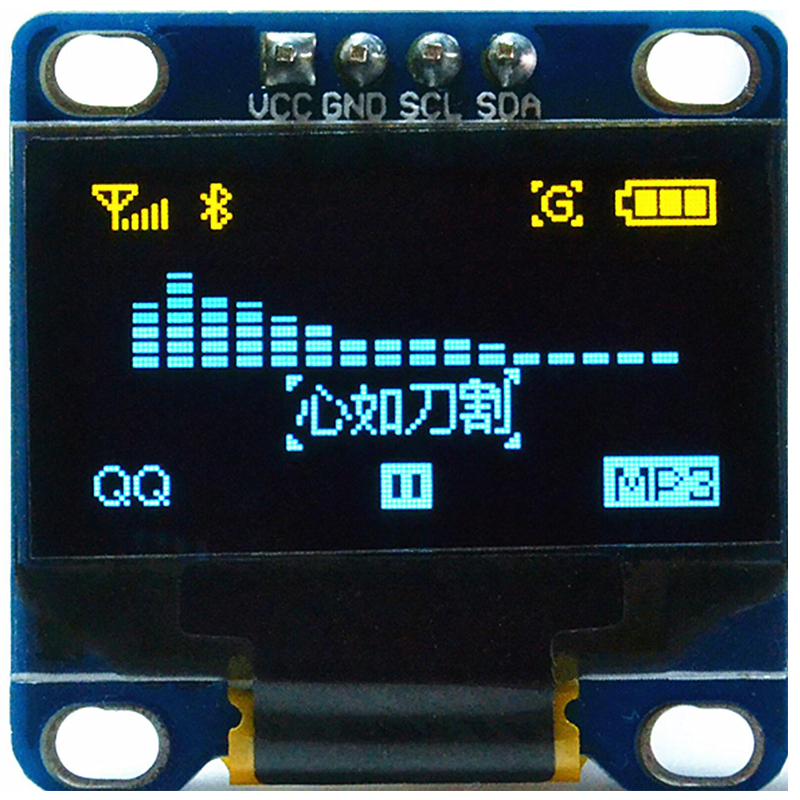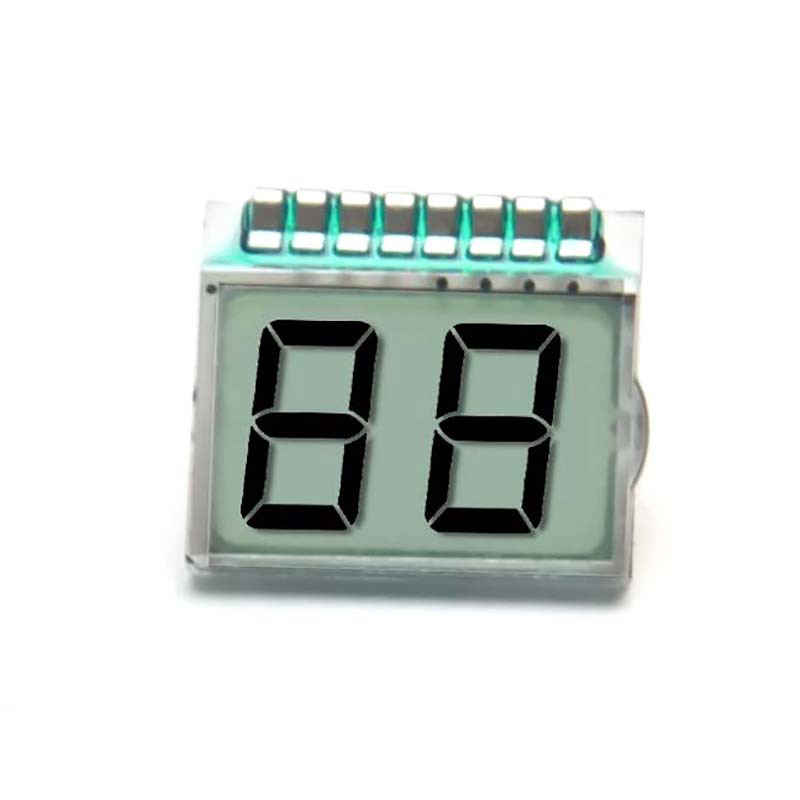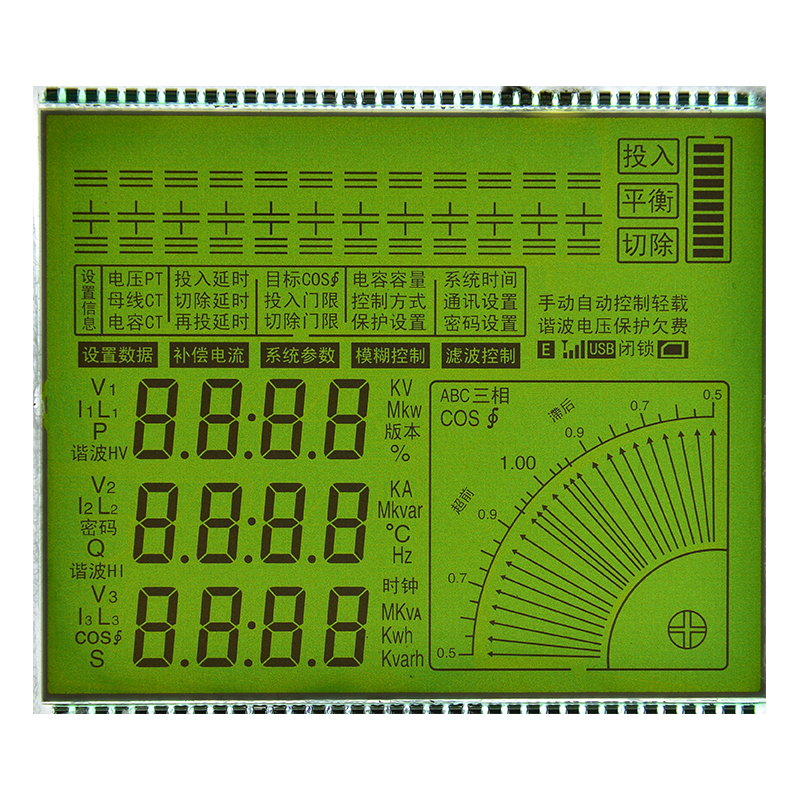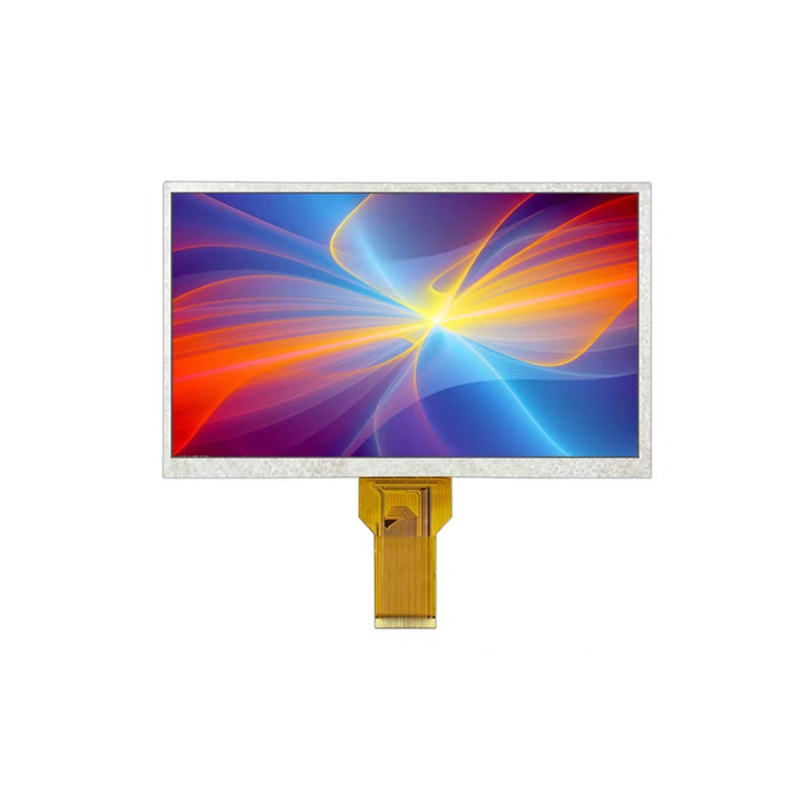
Choosing between an OLED and an LCD screen can be daunting. Both technologies are widely used in various devices, from smartphones and televisions to computer monitors. Understanding their key differences is crucial to making an informed purchase. This comprehensive guide will dissect the intricacies of each technology, helping you determine which best suits your requirements.
OLED (Organic Light-Emitting Diode) technology utilizes self-emitting organic compounds. Each pixel generates its own light, eliminating the need for a backlight. This results in superior contrast ratios, perfect blacks, and vibrant colors. The absence of a backlight also contributes to thinner and lighter displays.
LCD (Liquid Crystal Display) technology uses liquid crystals to modulate light from a backlight. These crystals don't produce light themselves; they simply control the amount of light passing through them. While LCD displays are generally more affordable, they often suffer from lower contrast ratios and less vibrant colors compared to OLED.
| Feature | OLED | LCD |
|---|---|---|
| Contrast Ratio | Infinite (theoretically) | 1000:1 to 10000:1 (varies greatly) |
| Black Levels | True black | Greyish black (backlight bleed) |
| Response Time | Very fast | Slower than OLED |
| Viewing Angles | Excellent | Can be limited; color shift may occur |
| Power Consumption | Generally lower | Higher |
| Lifespan | Shorter than LCD (burn-in risk) | Longer than OLED |
| Cost | Generally higher | Generally lower |
The best choice between OLED and LCD depends on your priorities and budget. If image quality and deep blacks are paramount, OLED is the superior option. However, if budget is a major concern and longevity is a priority, LCD might be a more practical choice. Consider factors like screen size, intended use, and viewing environment before making a decision.
For high-quality LCD and OLED panels, consider exploring options from reputable manufacturers. For example, you can find a diverse range of display solutions at Dalian Eastern Display Co., Ltd. They offer a wide selection of panels to suit various applications.
This comparison provides a comprehensive overview of OLED and LCD technologies. By understanding their strengths and weaknesses, you can make an informed decision based on your individual needs and preferences. Remember to consider factors such as budget, intended use, and desired image quality when selecting between these two leading display technologies.

